“Webflow vs WordPress” has become a very common debate among people who are looking for an appropriate platform for their virtual stores. Why?
Because they both offer competitive functionalities which cater to various needs and preferences. However, there are still some differences that you must consider before blindly going for any solution. So, here it is.
In this comparison blog, we’ll give a brief overview along with the features, pricing plans, etc of these two powerhouses. So, without wasting any more time, let’s jump into the comparison.
Webflow vs WordPress: Brief Overview
Webflow and WordPress are two leading platforms that are worth trying to discover the ways of elite content and website creation. Here is a brief overview of these two platforms:
What is Webflow?
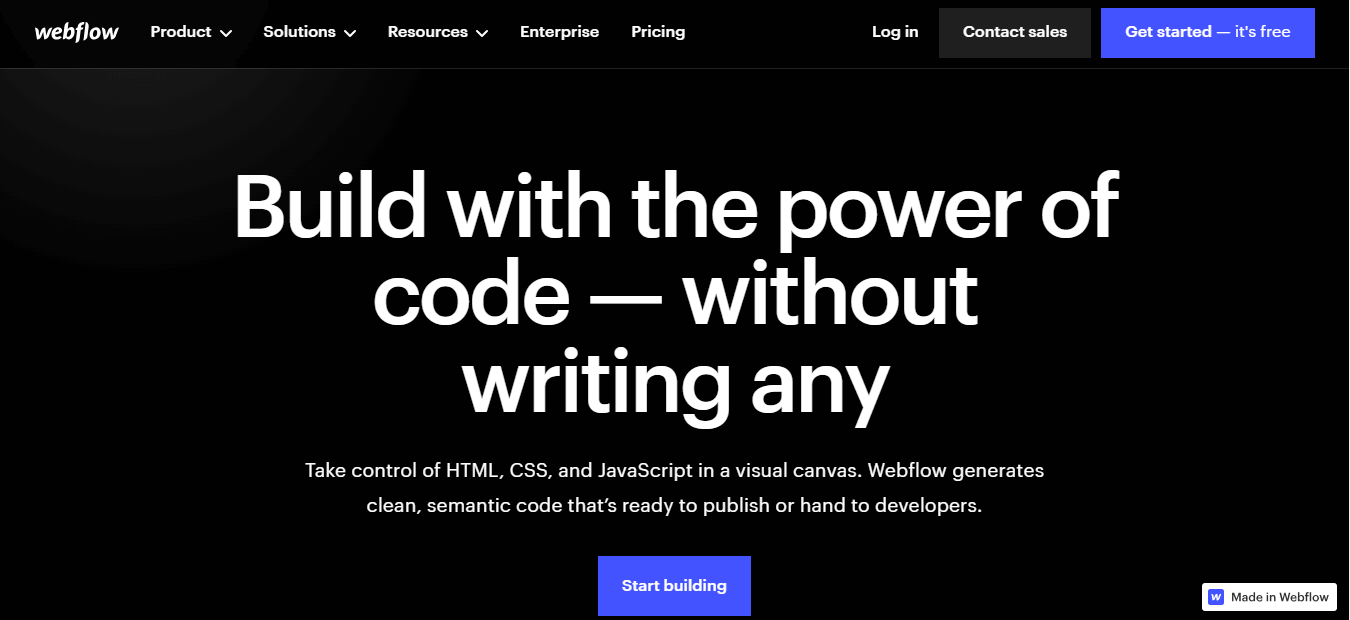
Webflow is a no-code drag-and-drop web design platform through which users can create a complete website using its built-in elements. In Webflow, you can drag and drop undesigned HTML elements and give them an exact look with advanced customization.
This CMS has separate plans for general and eCommerce sites so that your online store looks more functional. Also, this WordPress alternative hands you flexible flexbox and grid layouts, allowing you to build a website with magnificence.
What is WordPress?
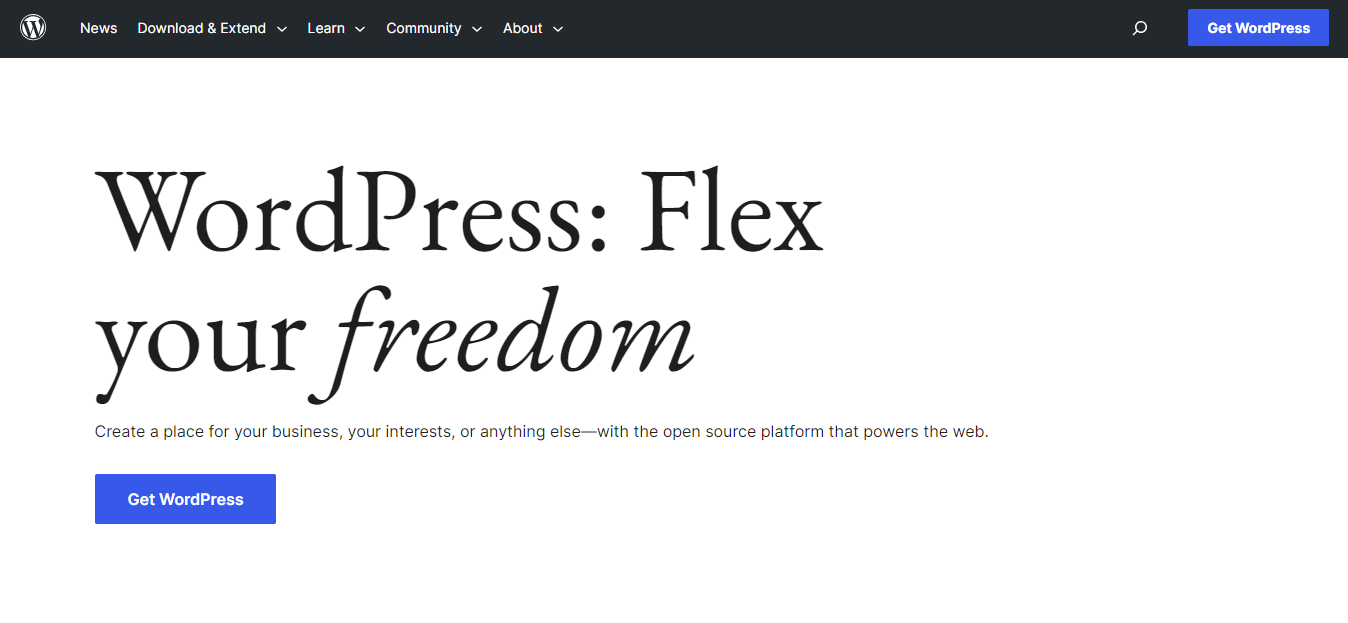
WordPress is the friendliest and easiest content management system that powers over 42% of websites online. It is an open-source CMS to which anyone can contribute. Although it first started as a blogging platform now, you can build any website with this CMS.
It has two versions such as WordPress.org and WordPress.com. Here WordPress.org is a free version and WordPress.com is paid. However, the free version is much more flexible and functional than the pro as you will find numerous templates, plugins, and themes.
Besides, since it’s a self-hosted site, you have to buy a domain. On the other hand, the pro version comes with a hosting service. It will take care of the hosting for you. Here we’ll refer to the free version WordPress.org since it is more accessible and flexible.
Webflow vs WordPress: Features comparison
Friendly platform streamlines content management tasks, scalability, and growth. That’s why, it’s substantial to identify the ease of use of the CMS. So, let’s check out how friendly are these two platforms:
Ease of use: Webflow
The starting of the Webflow is smooth as it shows you the way how to pull off your desired website. However, the backend visual editor offers lots of options that might get overwhelming for a beginner or non-tech-savvy person. So, beginners need to have proper knowledge about how Webflow works.
Also, it’s important to note that Webflow is mainly created for designers and developers. Although with the continuous update, it is now accessible for bloggers or content marketers.
To get started with Webflow, you have to create an account. Then it will ask you what service you want from Webflow and according to your answer, it will guide you.
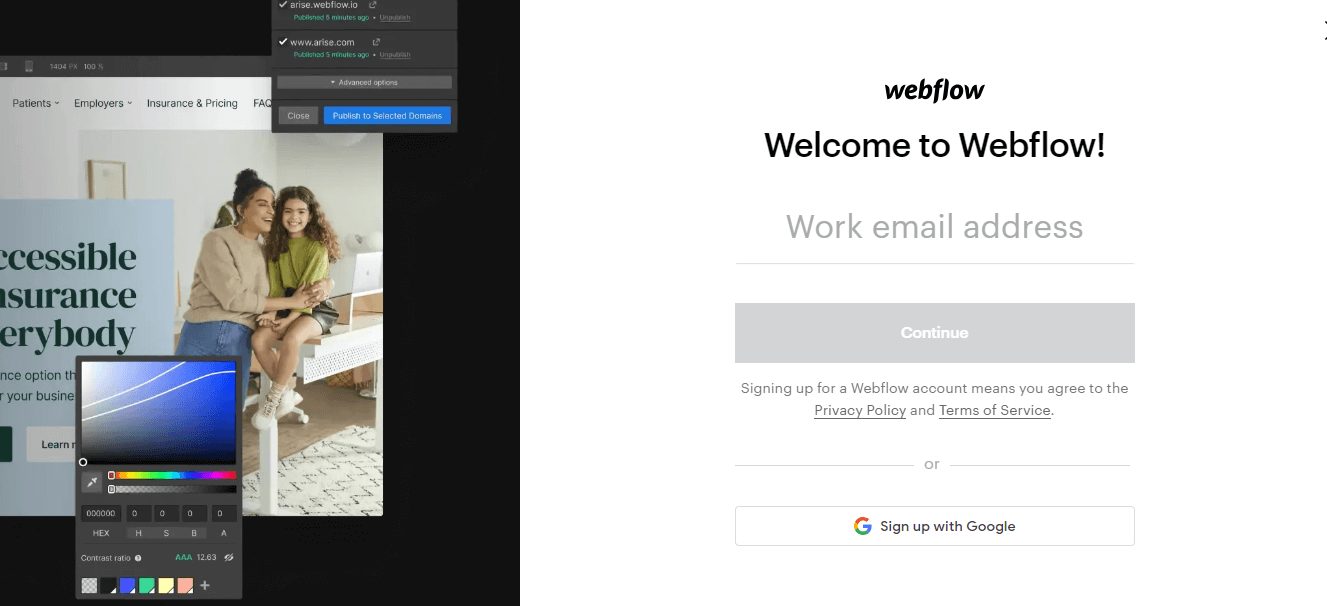
After login, you’ll have full control over the elements and layouts of Webflow’s visual editor. These will allow you to customize your complete website the way you want.
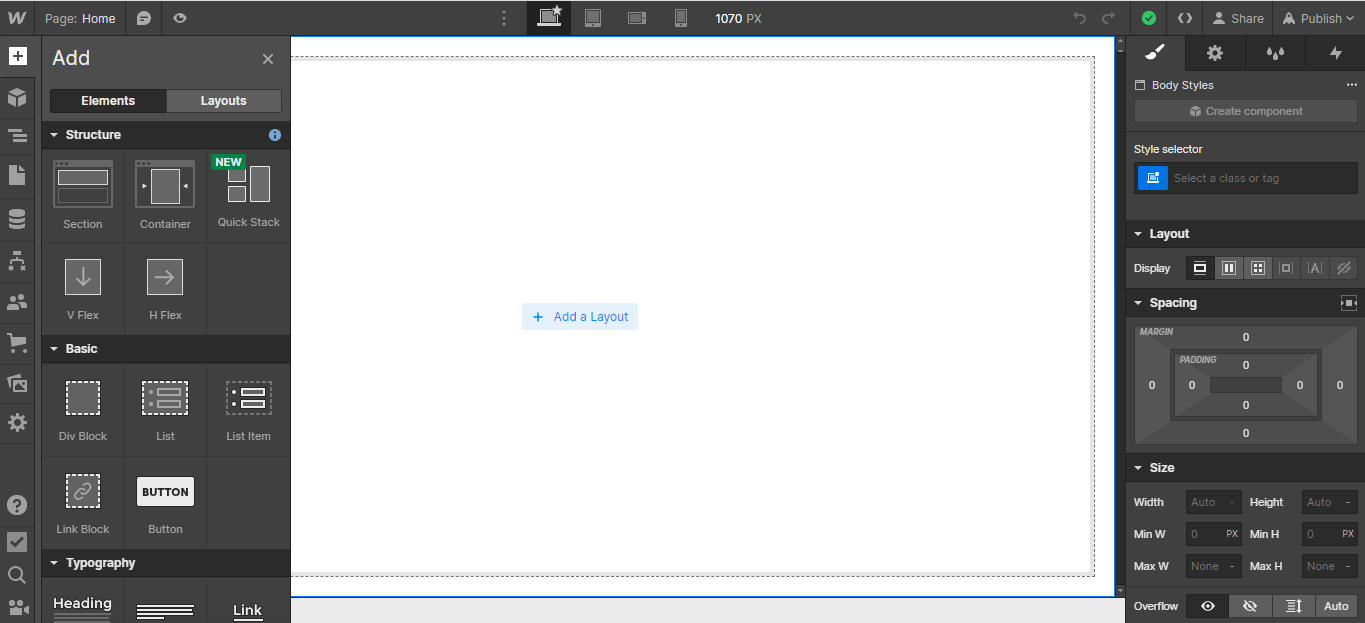
Ease of use: WordPress
WordPress doesn’t come with a built-in hosting service. You have to get a hosting plan and install WordPress. However, most of the hosting providers come with an easy WordPress setting option such as Bluehost, NameCheap, etc. First, you have to buy a hosting plan from them and then, set it up.
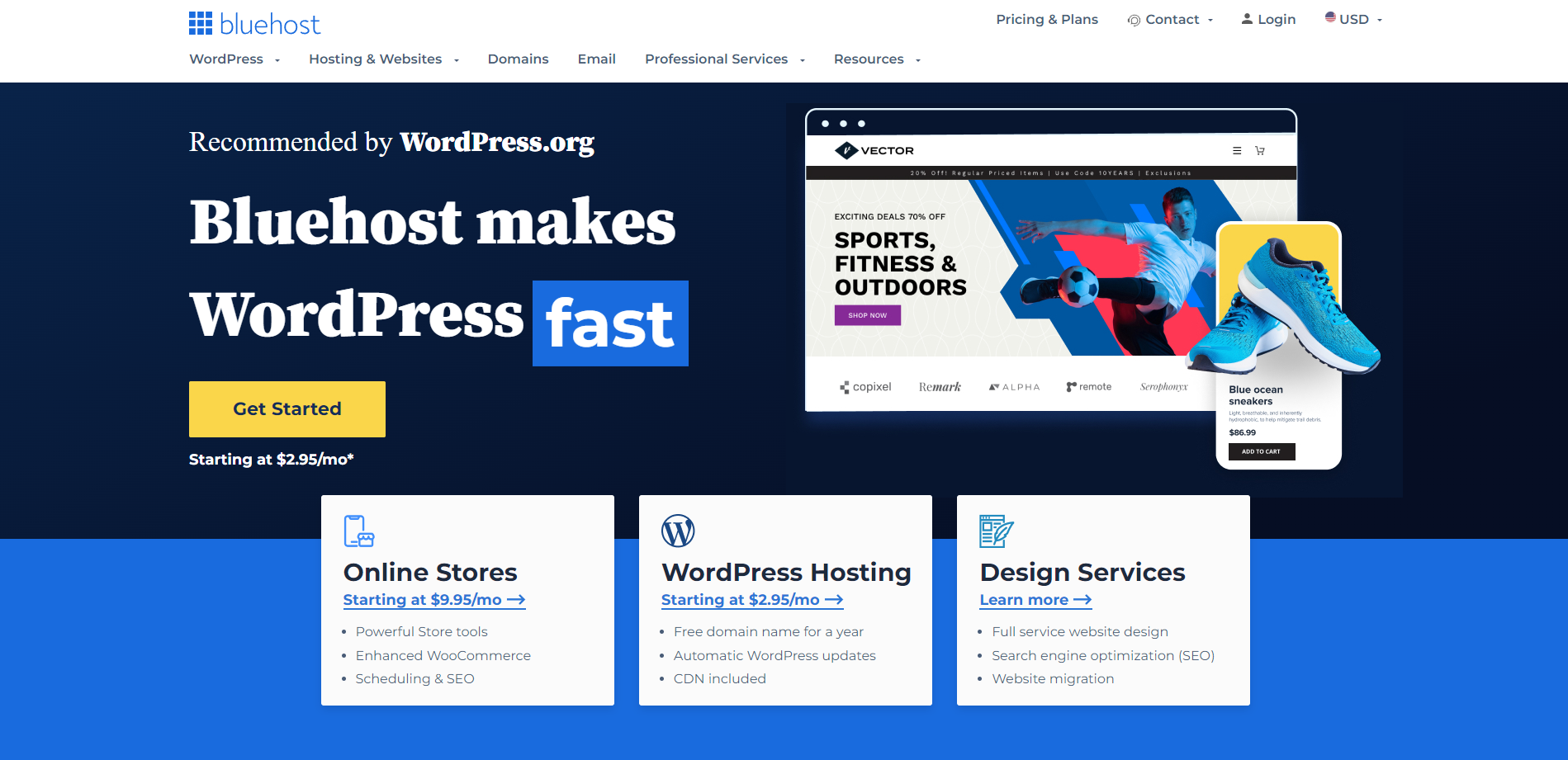
After setting up, you will access to WordPress dashboard from where you will find an option to select a theme and plugins respectively for your website appearance and functionalities. Besides, you can also utilize website builders for personalized customization.
Moreover, you can leverage full site editing for adding pages and posts where every part can be customized using drag-and-drop blocks. The intuitive interface of this Webflow alternative is so beginner-friendly that a newbie can easily understand it. That’s why, more than one-third of the websites online are powered and run by this CMS.
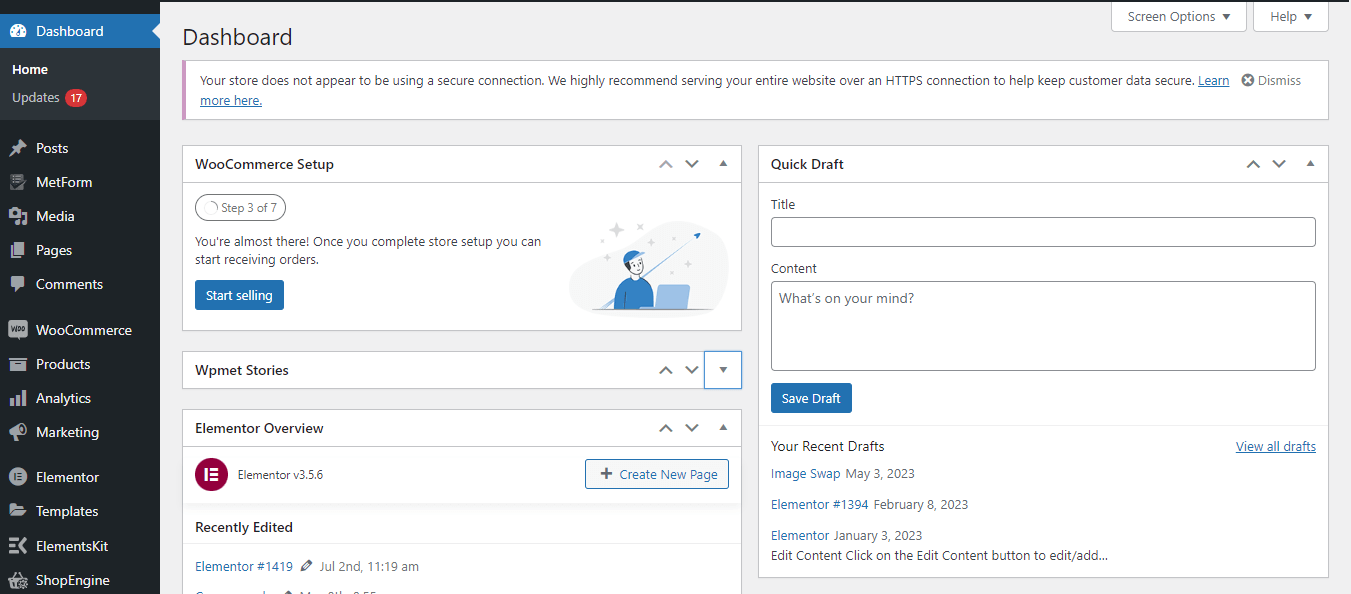
Themes and available templates
When it comes to seamless website design and customization, WordPress and Webflow are mostly considered. Because both offer handy tools for website creation. For example, you will find 11k+ free themes in WordPress and 2k+ templates in Webflow.
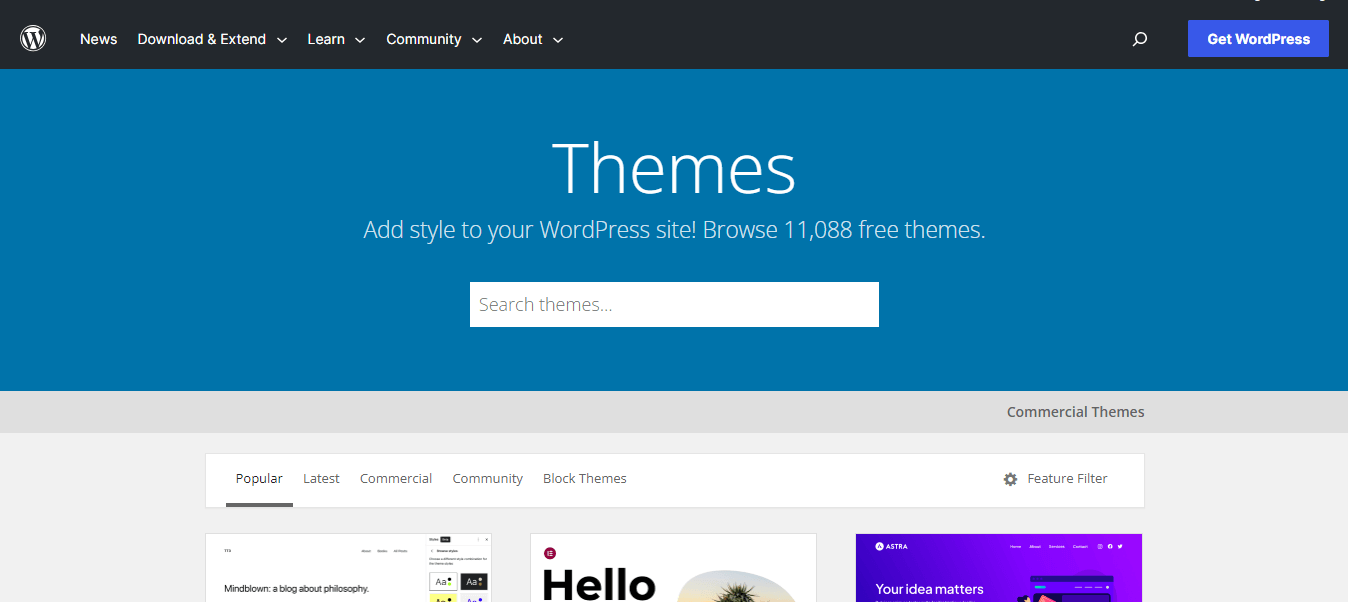
Here in Webflow, you won’t be able to enjoy all the templates for free. The paid version comes with more templates variation than the free one. So, if you consider the template or theme variations then, WordPress wins over Webflow.
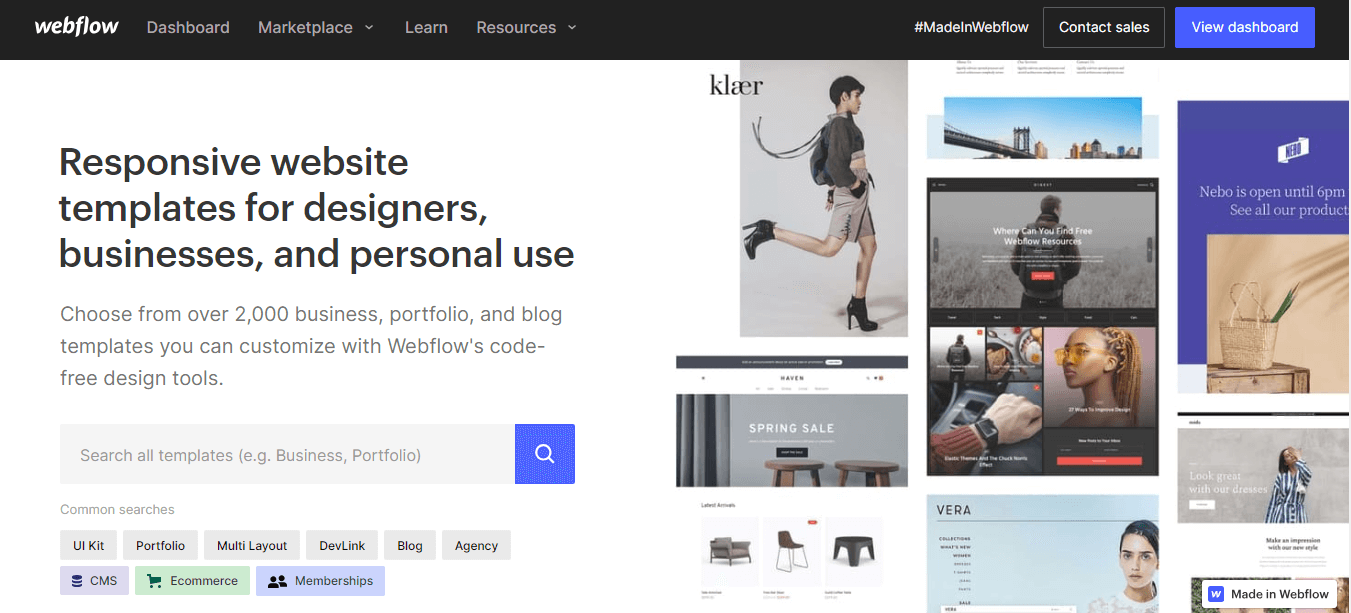
Available plugins
Despite numerous customization options, both tools offer plugins or extensions to extend their functionalities. Here, let’s talk about the available plugins or extensions on both platforms:
Webflow: Like WordPress, Webflow doesn’t have plugins. However, this doesn’t mean you can’t add new features. You can extend your website functionalities by integrating code snippets. Although, this is not friendly for beginners.
WordPress: On the contrary, WordPress comes with 60k+ free plugins for various purposes such as security, user roles, SEO optimization, etc. You will find multitudinous plugins for every problem. Additionally, these plugins also have premium versions to offer you advanced features. Besides, installing and activating these plugins is super easy. It doesn’t have complex setups. Therefore, even beginner can easily extend their website functionalities using these plugins.
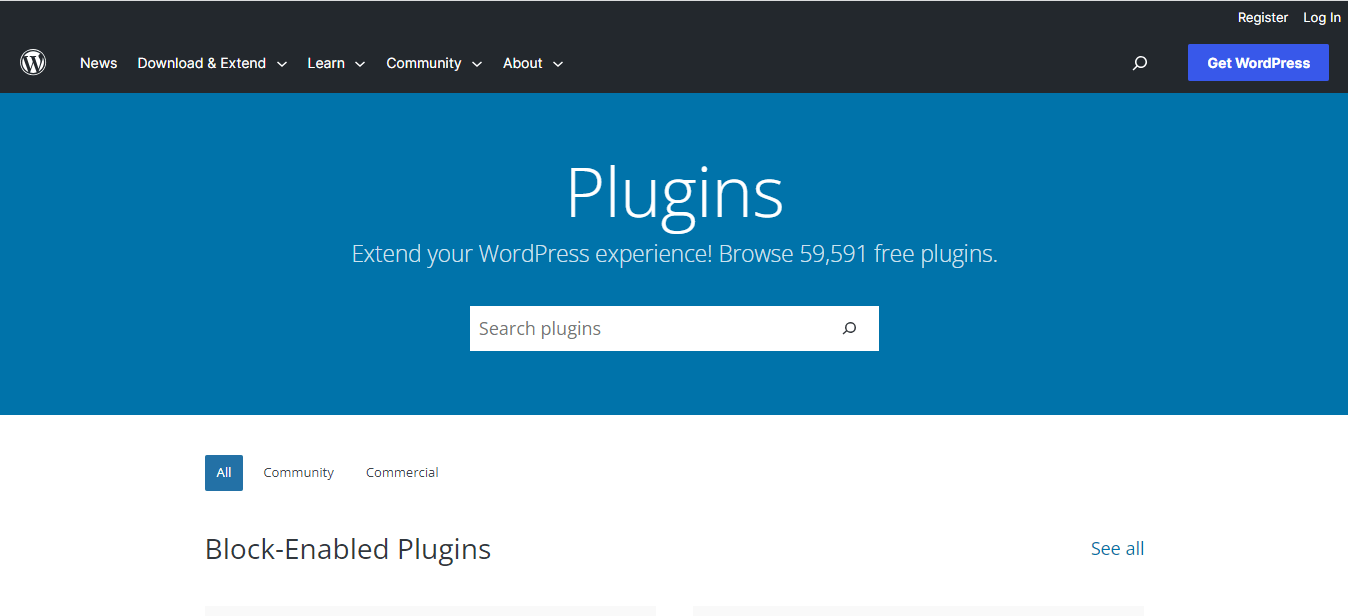
Support system
A strong support system is something that you can never ignore. It ensures to offer a smooth experience while website creation and maintenance. Therefore, checking out the support system is important.
Webflow: The premium version of Webflow has email support for its users. You can seek help whenever you need it through a support ticket. After opening a support ticket, they will reach out to you with a solution. Besides email support, you will also experience continuous feature improvement, bug fixes, etc. Moreover, it has an active forum where anybody can seek help or share their queries.
WordPress: WordPress is an open-source content management system. That’s why you won’t find dedicated support like Webflow. Even so, because of its large, friendly, and diverse community, you can get help from different community forums. They are always ready to assist you. Besides, this Webflow alternative has resourceful documentation on its official website so that you can enjoy a sleek guide. Since it has many users, problems are mostly faced and solutions are also discussed. That’s why Google will solve most of your queries.
Plans and pricing
You might be wondering, “Webflow vs WordPress: Which one is more affordable?” Actually, there is no exact answer to this question. Pricing of these platforms varies widely depending on features, plans, and many more. Let’s check out the detailed pricing of these two platforms:
Webflow pricing: Webflow has two types of plans: One is for general and another is for eCommerce sites. For general sites, it comes with 5 plans where pricing starts at $14/ month. On the other hand, eCommerce has three plans which start at the pricing of $29/ month. You can also pay bills annually.
Webflow has built-in hosting services so you don’t need to buy a hosting plan separately. Here are the different plans with their pricing:
General Plans
| Starter | Basic | CMS | Business | Enterprise |
|---|---|---|---|---|
| $0 | $14/ month | $23/ month | $39/ month | Customize |
Ecommerce Plans
| Standard | Plus | Advanced |
|---|---|---|
| $29/ month | $74/ month | $212/ month |
Furthermore, it has plans for workplaces too. Webflow has dedicated packages for in-house teams and freelancers and developers.
WordPress pricing: WordPress is free, which you can download directly from WordPress.org. However, you must pay additional costs for hosting services, domain names, plugins, and themes. The price of these varies depending on different factors. For example, there are different hosting service providers in WordPress. The general pricing plan of these providers starts at $10/ month. However, the advanced plans will cost you even more.
Besides hosting, you have to pay for your domain name which can cost yearly $2-$6. Also, if you want to go for premium themes and plugins then, you have to pay additional 10-100 dollars for each plugin or theme depending on their packages. However, it’s not necessary since you can access the free version of these plugins and themes which will cover almost everything.
Which is better Webflow or WordPress?
Webflow and WordPress are the names of the two popular platforms that serve numerous functionalities to strengthen your website creation and customization. However, since you can’t use both, it’s important to go through all the drawbacks or differences before going for one. So, here are the differences between Webflow and WordPress:
- WordPress offers a more friendly interface than Webflow. Because the visual editor of Webflow might seem tricky for a newbie.
- WordPress has a massive collection of free plugins and themes. On the other hand, there are no plugins on Webflow. You can add custom features by integrating Webflow with snippet code. Besides, instead of themes, Webflow offers templates. Although the template collection is low than WordPress themes.
- WordPress is an open-source CMS whereas Webflow isn’t.
- Thanks to the prodigious community of WordPress, you will find abundant learning resources compared to Webflow.
- WordPress doesn’t come with a dedicated support team. On the contrary, Webflow includes email support for their premium users.
- If you’re on a shoestring budget, WordPress might be a good option for you.
- You will require more time to get accustomed to Webflow than WordPress because it includes a higher learning curve.
Final verdict
Webflow vs WordPress highlights the strengths and weaknesses of both platforms, catering to different user needs. Where Webflow excels in its dynamic visual editor interface and hosting capabilities, WordPress creates wonders in seamless website design with plugins and themes. Overall, both platforms offer competitive features.
Nevertheless, if you consider the design complexity, user skills, scalability, and easy adaptability then, undoubtedly WordPress beats Webflow in every case since it is the easiest content management platform. Although if you’ve sound technical knowledge then, trying out Webflow is not a bad idea either that you have already found out from its review. So, it’s your choice what type of CMS you want for your online ventures.


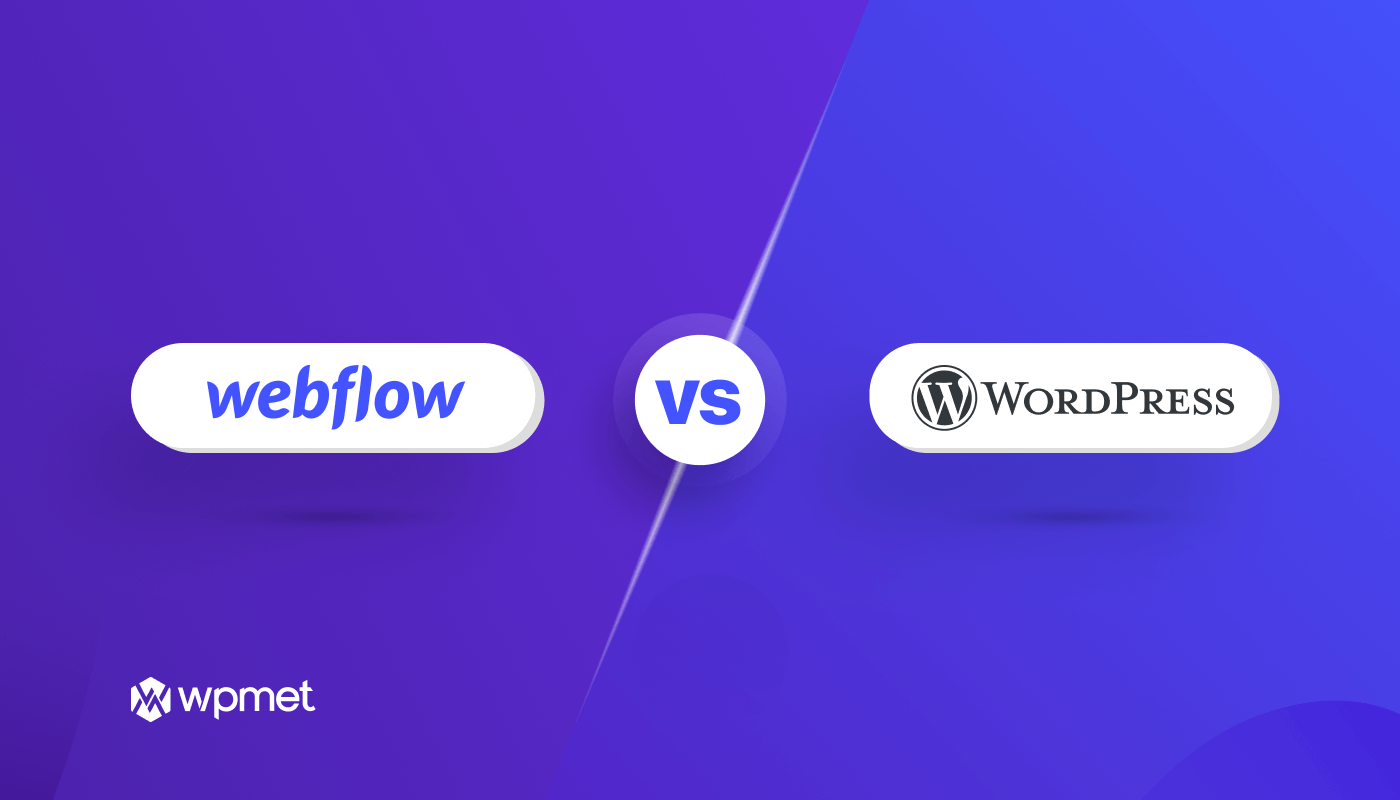
Leave a Reply